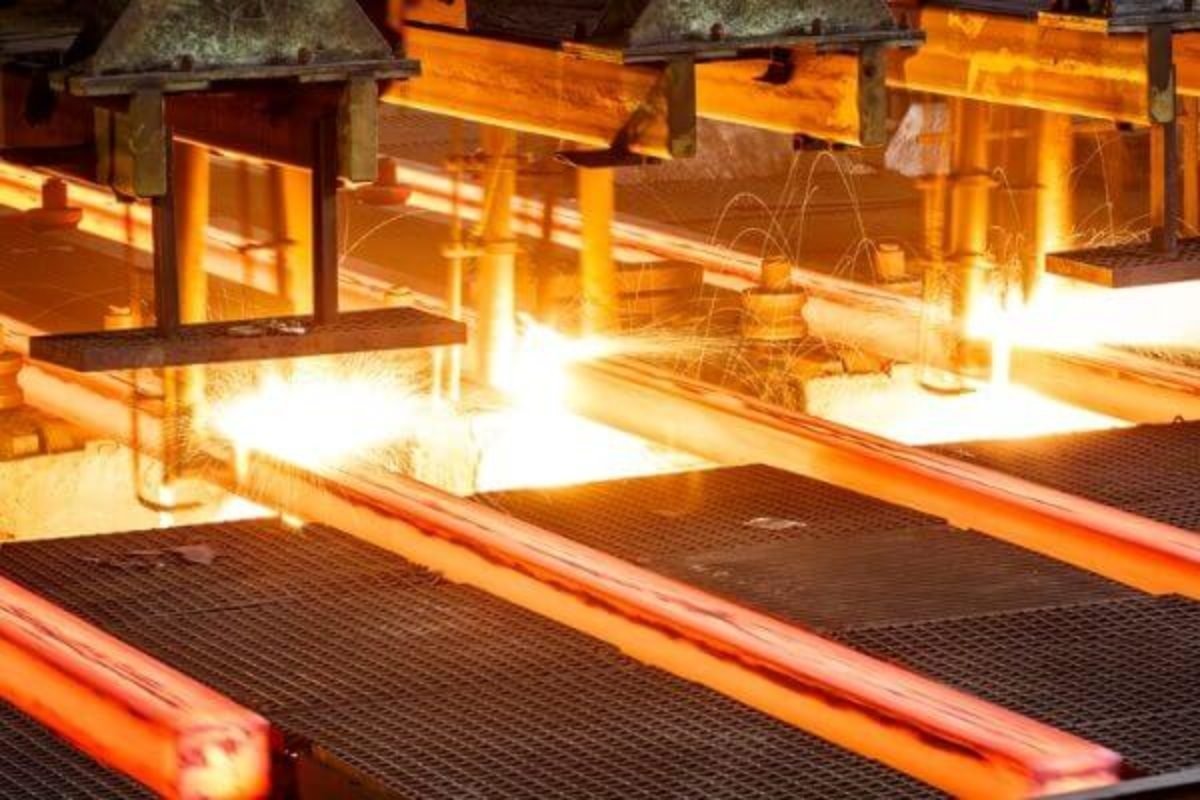Steel farm constructions are the backbone of agricultural infrastructure, providing essential shelter and storage for crops, livestock, and equipment. Behind these sturdy structures lies a meticulous manufacturing process combining advanced technology and skilled craftsmanship. This article delves into the intricate process of manufacturing steel farm buildings, exploring the techniques and considerations involved in bringing these vital agricultural assets to life.
1. Design and Planning:
The manufacturing process of steel farm constructions begins with meticulous design and planning. Engineers work closely with agricultural experts and farmers to understand the different needs and requirements of the farm. Factors such as climate, terrain, crop types, and the structure’s intended use are carefully considered during the design phase. Advanced computer-aided design (CAD) software creates detailed blueprints and 3D models, ensuring precision and accuracy in every construction process.
2. Material Selection:
Once the design phase is complete, attention turns to selecting the appropriate materials for the steel farm construction. High-quality steel is the primary material of choice due to its strength, durability, and versatility. Different grades and types of steel are selected based on load-bearing capacity, corrosion resistance, and cost-effectiveness. Additionally, insulation, roofing, and siding are chosen to enhance the performance and longevity of the building in various environmental conditions.
3. Fabrication and Assembly:
Fabrication is a critical stage in the manufacturing process of steel farm constructions. Steel components are fabricated in specialized manufacturing facilities using cutting-edge machinery and techniques. Precision laser cutting, welding, bending, and machining are employed to create individual components with exacting specifications. Once fabricated, the components are transported to the construction site for assembly. Prefabricated components streamline the assembly process, reducing construction time and minimizing on-site labour requirements.
4. Customization and Adaptation:
One key advantage of steel farm constructions is their ability to be customized and adapted to suit the unique needs of each farm. During manufacturing, customization options, such as adding windows, doors, ventilation systems, and insulation, are incorporated to enhance functionality and usability. Farmers can also choose from various design options, including traditional barns, storage sheds, livestock shelters, and machinery workshops, to create tailored solutions that meet their specific requirements.
5. Quality Control and Compliance:
Quality control is paramount throughout the manufacturing process of steel farm constructions to ensure structural integrity and compliance with industry standards and regulations. Rigorous quality assurance measures are implemented at every stage, from material inspection and fabrication to assembly and finishing. Independent third-party inspections may also be conducted to verify compliance with different local building codes and safety standards. By sticking to strict quality control protocols, manufacturers can guarantee that steel farm constructions meet the highest safety, performance, and durability standards.
6. Transportation and Installation:
Once fabrication is complete, the steel components are transported to the construction site for installation. Specialized equipment and machinery are utilized to unload and position the components precisely. Experienced construction crews assemble the elements according to the engineered plans, carefully following established procedures and safety protocols. Efficient installation techniques help minimize disruption to farm operations and ensure timely project completion. Once installed, the steel farm construction is ready to serve as a reliable and durable asset for the farm for years.
Conclusion:
The manufacturing process of steel farm buildings is a complex and multi-faceted endeavour that requires meticulous planning, skilled craftsmanship, and advanced technology. From design and material selection to fabrication, customization, quality control, and installation, every step is carefully executed to create durable, functional, and tailored structures that meet the unique needs of agricultural operations. As the backbone of agricultural infrastructure, steel farm constructions support farm productivity, efficiency, and sustainability. By understanding the intricacies of the manufacturing process, farmers can make informed decisions when investing in these essential assets for their farms.









